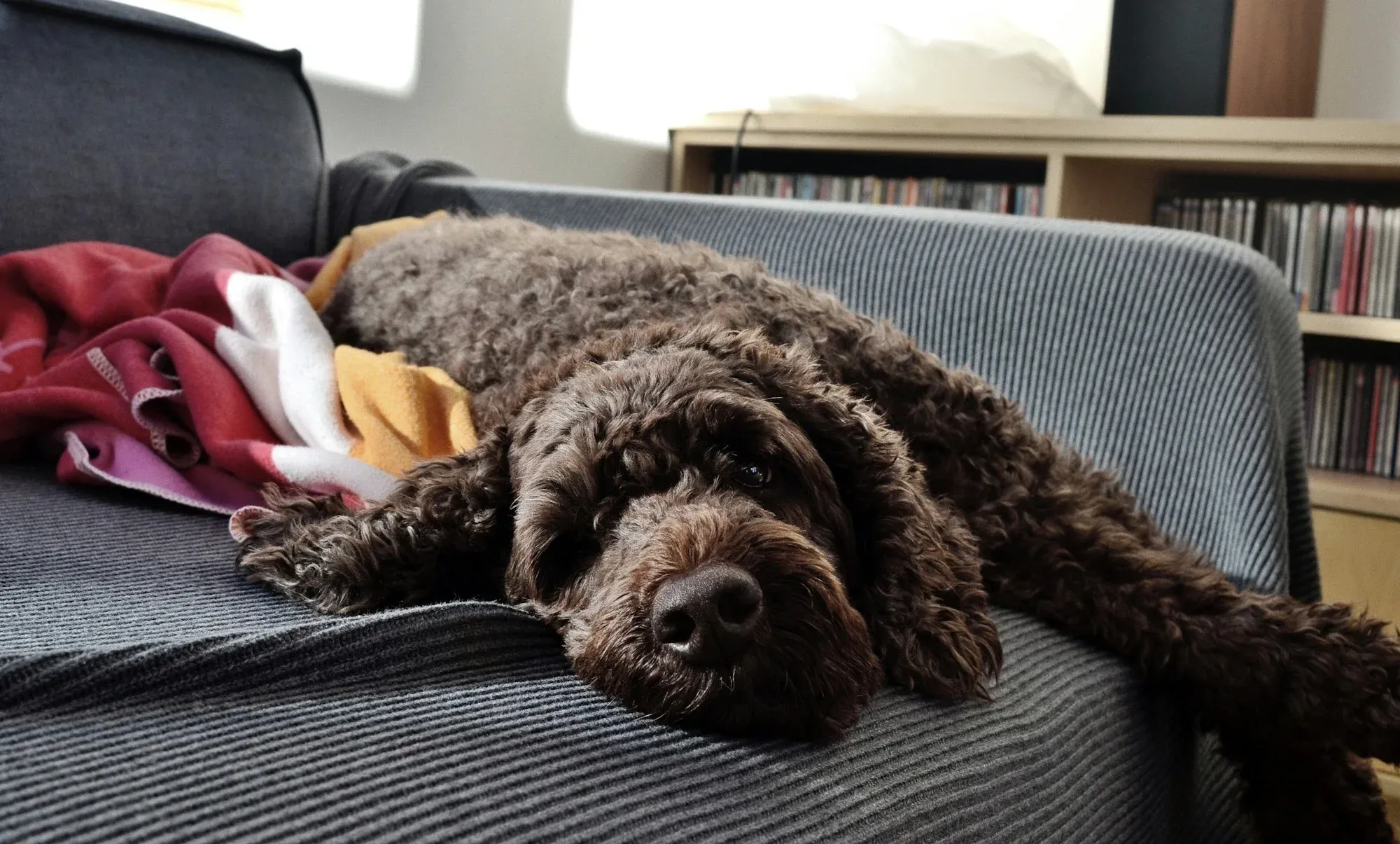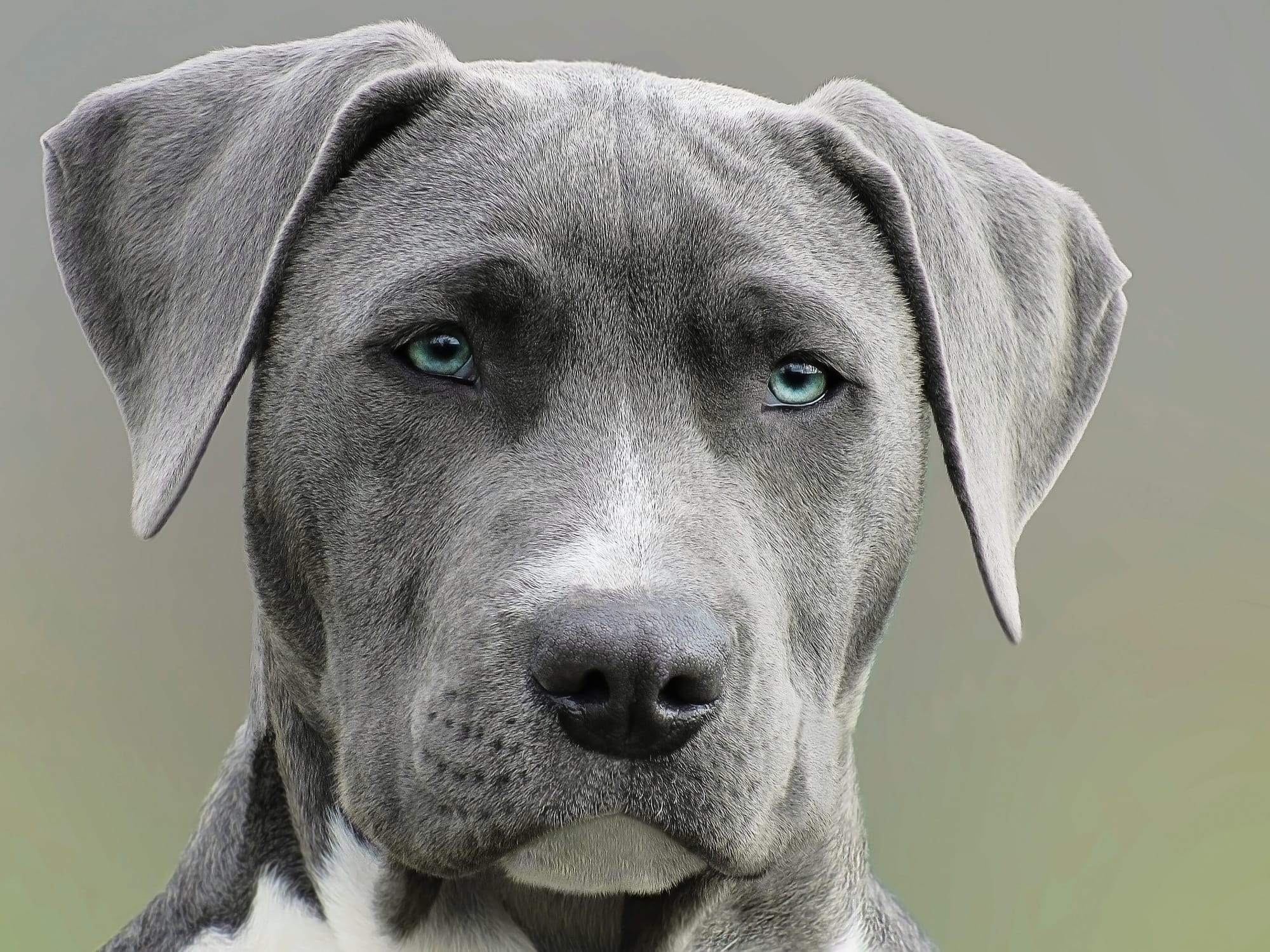Some dogs are known to shed their fur, but people may wonder if the same applies to labradors. This article examines the shedding tendencies of Labrador Retrievers and discusses the best ways to groom them so that shedding is kept to a minimum.
So if you're wondering, "Do Labs Shed?" The simple answer is yes. Labs do shed, but the amount of shedding depends on the individual dog. But let's break down the shedding process a bit further.
Control Labrador Shedding and Track Their Activity with Fi Dog Collar
Managing your Labrador Retriever's shedding might feel challenging, but with the right grooming techniques and supplements, you can keep their coat healthy and reduce the amount of fur around your home. Regular brushing, proper diet, and targeted supplements can go a long way in maintaining your Labrador's shiny coat.
To further enhance your Labrador's care, consider the Fi Dog Collar, a smart GPS tracking collar that provides you with real-time updates on your dog's location, activity levels, and sleep patterns. Its escape alerts will help ensure you never lose sight of your furry friend.
Do Labs Shed? How Much? A Little? A Lot?
Labradors shed a moderate amount of fur compared to other breeds of dogs. They are considered a “medium-shedding” breed, meaning they are not as heavy shedders as some other breeds, such as the German Shepherd. With regular brushing and grooming, Labs can be kept well-groomed and their shedding kept to a minimum.
A lot of shedding is normal during the warmer months when the dog’s coat is in transition from winter to summer. During this time, it is especially important to brush your Lab regularly, as this will help to remove loose hairs and reduce the amount of shedding. Keep in mind that "a lot" doesn't mean that your Labrador is shedding excessively, it just means that they are shedding more than usual.
If you think your dog doesn't shed enough, the best thing you can do is to brush them regularly. This will help to remove excess fur and will also stimulate their coat, which will help it to produce more oils and keep the fur in good condition.

Black, Yellow, And Chocolate Lab Shedding
All Labrador Retrievers, regardless of their coat color, share the same shedding habits. The amount of shedding varies from dog to dog and is affected by age and lifestyle.
Black Labradors tend to shed less than yellow or chocolate Labradors. This is because their coat is darker, which means there is more pigment in the fur, making it more resistant to shedding.
On the other hand, yellow and chocolate Labradors have coats that are lighter in color, so they tend to shed more than their black counterparts. The amount of shedding depends on the individual dog, but these darker colored Labs will shed more than the black variety.
When it comes to Labradors, the amount of shedding can be managed with regular brushing and grooming. This is especially true during the warmer months when the coat is transitioning from winter to summer. With regular brushing and grooming, you can keep your Lab well-groomed and their shedding to a minimum.
Labrador Retriever Coat
Labradors have a double coat; an outer layer of coarse guard hairs and an inner layer of soft downy fur. The top coat is designed to repel water and keep the dog protected from the elements, while the inner layer is designed to keep the dog warm. The combination of these two layers helps to keep the Labrador's coat in good condition and to reduce the amount of shedding.
There are a few different coat colors for Labs, with black and yellow being the most common. Some Labradors also have a chocolate coat or a silver coat. But each color variation still has the same double coat with the same two types of fur.
When it comes to the coat, most people believe that the longer fur on Labs is the cause of more shedding. In truth, it's the opposite; the longer fur of a Lab can actually help reduce the amount of shedding. The longer coat acts like a filter, trapping hair that would otherwise be shed and preventing them from flying around the room.

When Labs Shed The Most
Labradors will shed the most during the spring and summer months when their coat is transitioning from winter to summer. During this time, their coats will become thinner and shorter, which will cause them to shed more than usual.
Labradors also tend to shed more heavily during times of stress or when they’re bored. This is because when they’re stressed or bored, their bodies produce more of the hormones cortisol and adrenaline, which can cause them to shed more. When this happens, it’s important to make sure your Lab gets plenty of exercise, stimulation, and attention. Vet visits, grooming appointments, and regular brushing can also help reduce the amount of shedding.
CBD and Labradors
In recent years, there has been an increase in the use of CBD oil to help reduce shedding in dogs. CBD oil is a natural oil extracted from the cannabis plant and it has been shown to have anti-inflammatory properties. In addition to reducing inflammation, it can also help to reduce stress levels, which can in turn help to reduce shedding.
It is important to note that while CBD oil can be beneficial for dogs, it should never be used without consulting with a veterinarian first.
Shedding Triggers
Below is a list of reasons why your Labrador might be shedding more than usual:
Stress
Stress is a common cause of shedding. If your Labrador is experiencing anxiety or other forms of stress, it may lead to an increase in shedding. Stress causes shedding by jolting the body into a fight-or-flight response, releasing a flood of hormones that can trigger excessive shedding in dogs. These hormones, along with increased levels of cortisol, can lead to excessive hair loss.
Hormones
Hormones can play a big role in shedding. When hormone levels fluctuate, particularly during times of stress, the body sends signals to the hair follicles, which can cause them to produce more hair or to stop producing altogether. This can result in more shedding than normal.
Seasonal Changes
Many breeds of dogs, including Labradors, shed more during the spring and fall months. This is due to the changing temperatures and environmental factors that can cause their hair follicles to become more active. During this time, your Labrador may also experience an increase in shedding as their body is responding to the change in temperatures.
Illness or Disease
Certain illnesses or diseases can also cause an increase in shedding. If your Labrador has recently been diagnosed with a serious health condition, it is likely that their increased shedding could be related to the illness or disease.
Allergies
Allergies can also cause your Labrador to shed more than usual. If your Labrador is allergic to a certain type of food or environmental factor, their body may respond by releasing extra hormones, which can cause increased shedding.
Nutrition
Poor nutrition can also lead to increased shedding. If your Labrador is not receiving the proper vitamins and minerals they need, their body may not be able to produce enough healthy hair follicles, which can cause excessive shedding.
Age
As Labradors get older, they may also experience increased shedding. As a Labrador's body ages, their hair follicles may become weaker, causing them to shed more than usual.
Breed
Some breeds of dogs are known to shed more than others. Labradors are notorious for their shedding, so it is normal for them to shed more than other breeds.
Medications
Certain medications may also cause increased shedding. If your Labrador is taking any medications, it is important to speak to your veterinarian.
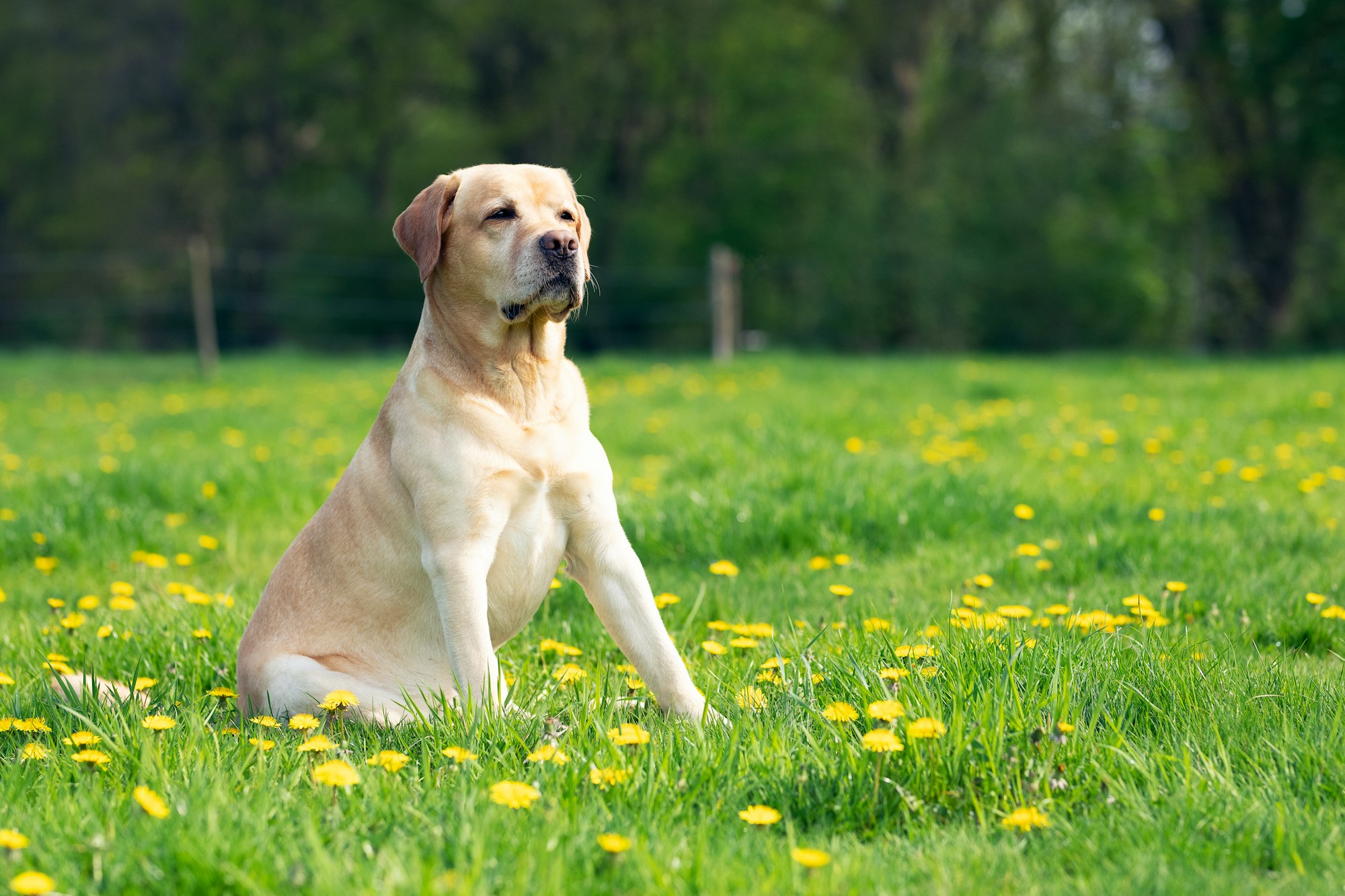
Managing Your Lab’s Shedding
Let's take a look at some of the ways you can help manage your dog's shedding:
Brushing
Brushing your dog's fur regularly can help reduce shedding by removing some of the loose hairs before they become a problem. It's a good idea to brush your dog at least once a week, more if they have a particularly thick coat.
The best brushing technique is to use a slicker brush with bristles that are not too soft or too hard. Make sure to brush in the direction of the hair growth and use long, gentle strokes. Be gentle when brushing your dog and make sure to remove any mats or tangles with a comb.
When you brush your dog, make sure to pay attention to the underside and legs, as this is where shedding is most common.
Shampoos
Using a specially formulated dog shampoo can help reduce shedding by cleaning away dirt and debris from the coat. Make sure to choose a shampoo that is gentle and suitable for your dog's coat type, as some shampoos can be too harsh for certain fur types.
To wash your dog, start by wetting the coat with warm water and then apply the shampoo. Make sure to massage it into the fur and leave it on for a few minutes before rinsing with warm water. There are also special shampoo formulations that can help reduce shedding, such as those containing oatmeal, aloe, and olive oil.
If you're wondering if you can wash your dog too often, the answer is yes. In fact, too much washing can lead to dry and irritated skin, which can actually cause more shedding. So periodically, as in once every two weeks, should be enough.
Diet
A healthy diet can also help reduce shedding. A diet rich in essential fatty acids helps to keep your dog's coat healthy and reduces shedding. You can find these fatty acids in foods such as salmon, flaxseed, and eggs.
When dieting your dog, it's important to make sure they are getting enough protein and other vital nutrients. If you're feeding a commercial dog food, look for one that is formulated for your dog's size and breed.
Diets should be rich in healthy fats, vitamins, minerals, and antioxidants. This will ensure your pup has enough energy to stay active and fight off any skin-related issues.
Some great ingredients for a dog's coat health are:
Salmon: The omega-3 fatty acids found in salmon help reduce inflammation, which can help decrease shedding
Flaxseed: Flaxseed is a great source of essential fatty acids and helps keep skin and coat healthy
Eggs: Eggs are a great source of protein and vitamins, which helps to keep your pup's coat looking shiny and healthy.
In addition, make sure your pup is getting enough exercise and is groomed regularly. Regular brushing can help reduce shedding and make your pup's coat look its best.
It's essential to consult your veterinarian before starting any supplements for your pup.
Supplements For Your Dogs Coat
There are many healthy supplements available to help improve your dog’s coat, but before we begin, keep in mind that a vet should be consulted before starting any supplement regimen, as some breeds, ages, and conditions can be adversely affected. Medications, allergies, and other health issues might also interfere with certain supplements.
Omega-3 Fatty Acids:
Omega-3s have a positive effect on skin and coat health. These fatty acids can help reduce inflammation and can help nourish and hydrate dry, flaky skin and dull coats. They also help to reduce shedding and helps promote a healthy, glossy coat.
Vitamin E:
Vitamin E is an antioxidant that helps promote a softer and shinier coat. It also helps reduce inflammation and promote healthy skin. There are several forms of vitamin E available, including natural sources, synthetic sources, and topical treatments. When selecting a supplement, make sure it contains natural sources of vitamin E such as d-alpha-tocopherol. But be sure to consult your veterinarian before adding any vitamin E supplement.
Biotin:
Biotin is a water-soluble B vitamin that helps improve coat quality by supporting the health of the skin and hair follicles. Biotin helps improve the elasticity of the skin, which can reduce shedding and help promote a healthy coat. Additionally, biotin helps promote overall good health and can be beneficial for dogs with allergies. When we look for a supplement, look for one that contains a minimum of 500 mcg of biotin per serving.
Brewer’s Yeast:
Brewer’s Yeast is rich in vitamins and minerals and is believed to help reduce shedding and promote a healthy, glossy coat. There are several forms of brewer’s yeast available, and it is best to consult a veterinarian to find the best form for your dog’s particular needs. A supplement containing brewer’s yeast is usually added to the dog’s food or given as a treat.
Coconut Oil:
Coconut oil is a natural source of healthy fats that can help improve the condition of the skin and fur. It helps reduce inflammation, promotes healthy bacteria on the skin, and can help reduce itching and scratching. Coconut oil is best applied topically to the fur or added to the dog’s food.
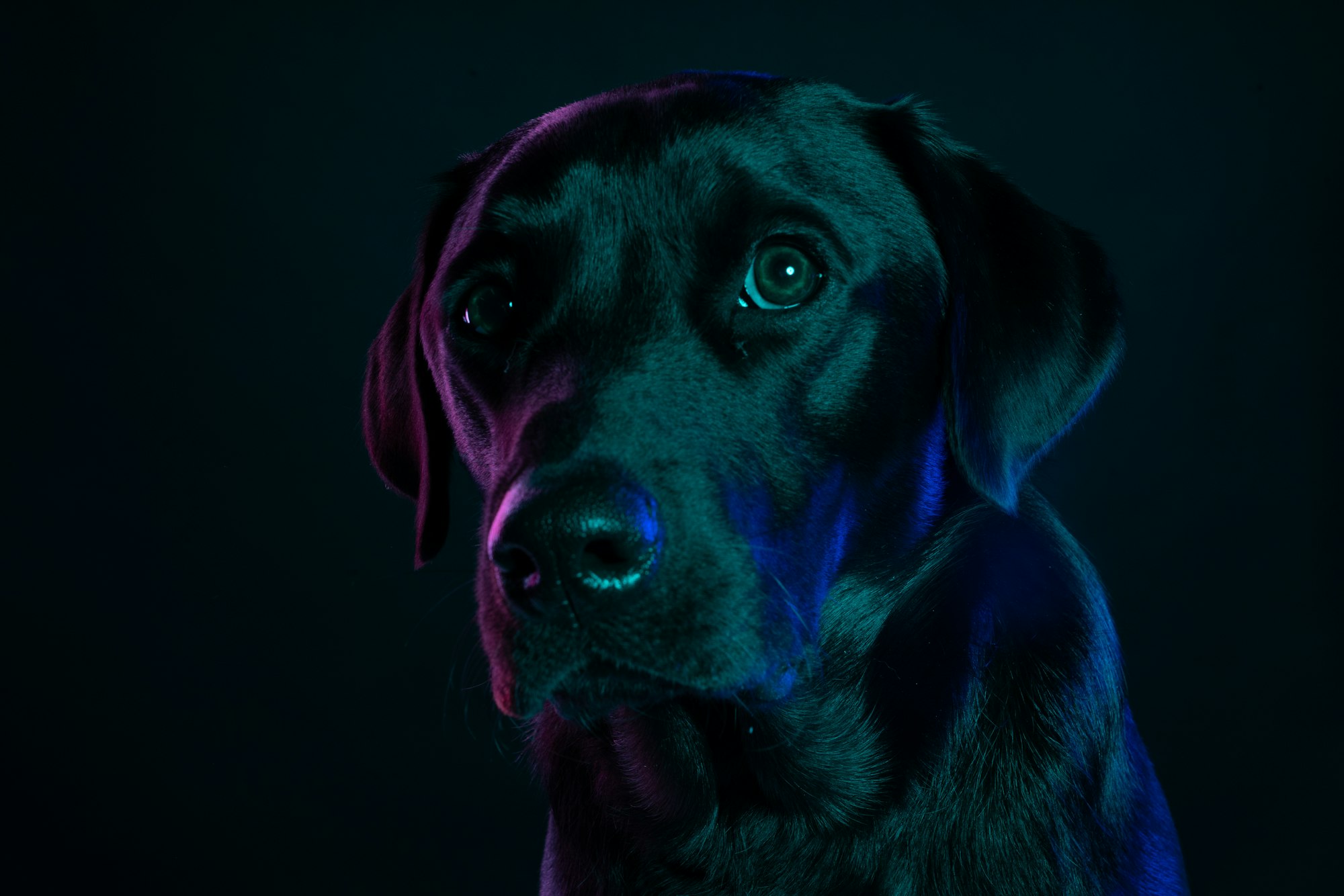
How To Keep Your Home Clean
Dog hair can be a pain to clean up, but there are some things you can do to make the process easier.
- Groom your dog regularly to reduce shedding. Depending on the breed, you may need to groom your dog daily or weekly to help keep shedding to a minimum.
- Vacuum your floors frequently. A good quality vacuum is essential to removing pet hair from carpets and rugs.
- Use a lint roller. Lint rollers are great for removing dog hair from furniture, clothing, and other fabrics.
- Wipe down surfaces with a microfiber cloth. A damp microfiber cloth can help capture pet hair and other debris on hard surfaces like tables and counters.
- Use a pet hair-removing product. There are a variety of products available on the market now specifically designed to help remove pet hair. These include pet hair remover mitts, dog hair remover sponges, and pet hair remover brooms.
- Keep your dog groomed and bathed. Regular grooming and bathing can help reduce the amount of pet hair in your home.
- Use a damp mop. A damp mop is great for picking up pet hair on hardwood and tile floors.
- Clean pet bedding regularly. Pet beds should be washed and vacuumed frequently to help reduce pet hair in your home.
- Incorporate area rugs. Area rugs can help catch pet hair and make it easier to clean up.

Final Thoughts
Labradors shed, but it's not necessarily a bad thing. With a little bit of effort and the right supplements, you can manage the shedding and help keep your dog’s coat healthy and shiny. So if you have a lab, don’t be discouraged. With a little extra care, you can keep your Labrador happy and healthy. The important thing is to consult a veterinarian before starting any supplement regimen to make sure it’s safe for your pup.
Want more articles about dog shedding?
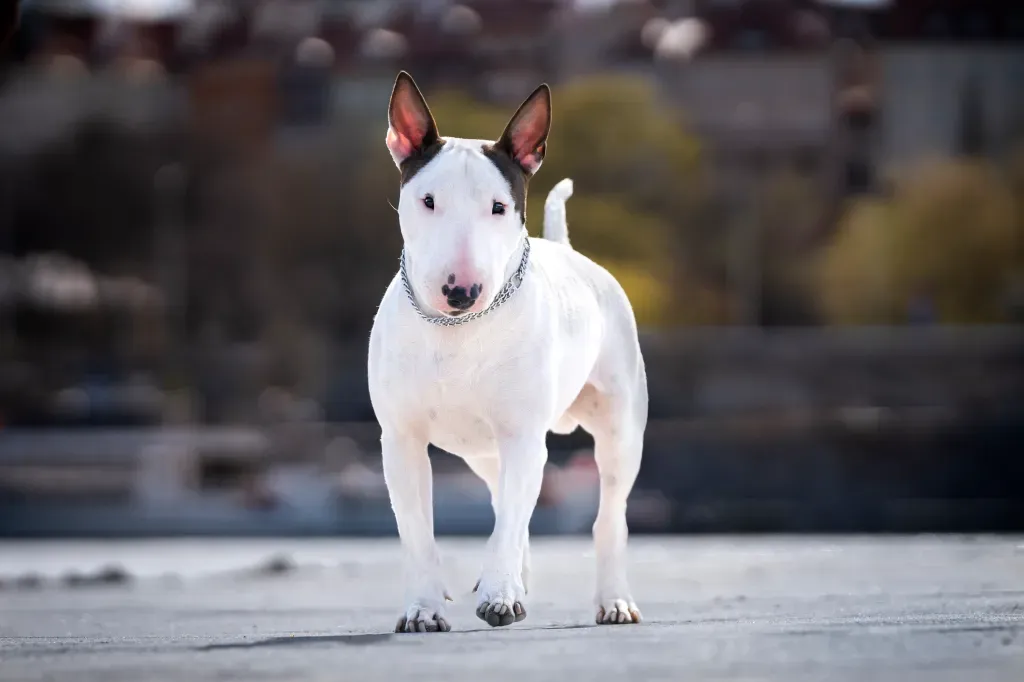


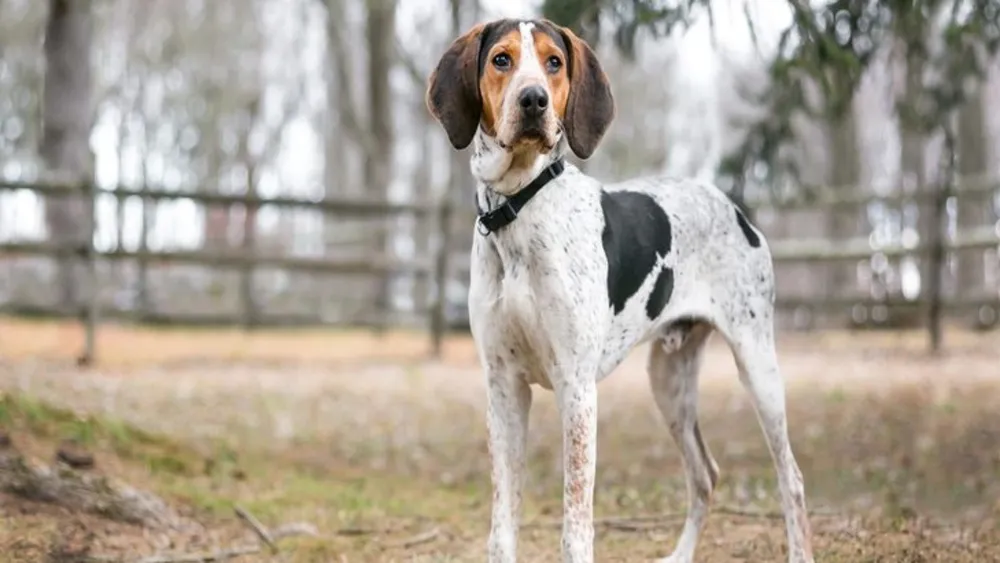
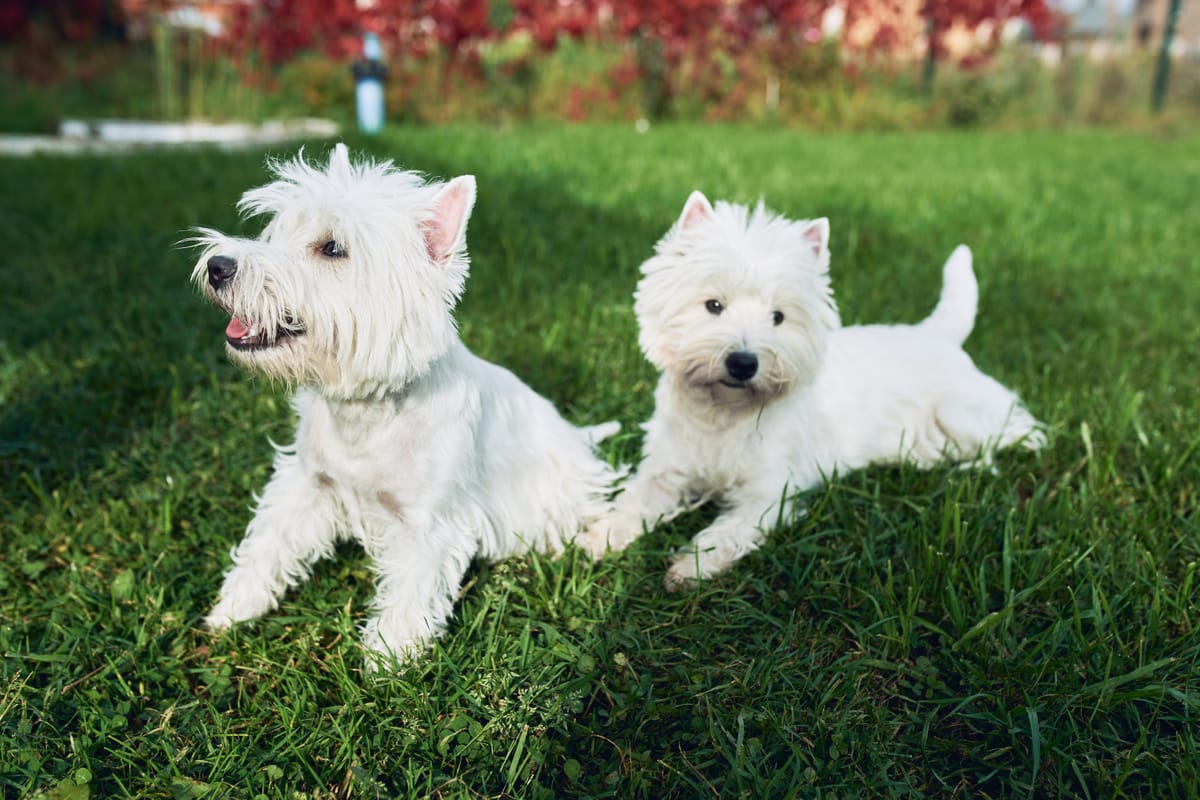
Find more helpful articles on pet parenting at the Off Leash blog at TryFi.com.
Also, be sure to check out TryFi's Fi Dog Collar, a cutting-edge GPS tracking collar that keeps you updated on your dog's location, activity, and sleep and alerts you if they escape the backyard. Try the Fi Dog Collar today!

